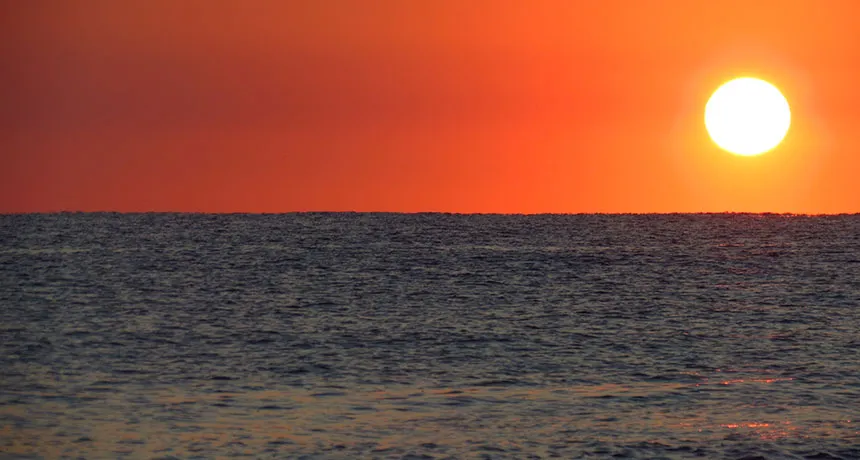
SUFFOCATING SEA The Black Sea lost 36 percent of its oxygen from 1955 through 2013, new research finds. The sea’s oxygen-rich surface water insulates the atmosphere from toxic deep waters.
Alexandru Panoiu/Flickr (CC BY 2.0)

SUFFOCATING SEA The Black Sea lost 36 percent of its oxygen from 1955 through 2013, new research finds. The sea’s oxygen-rich surface water insulates the atmosphere from toxic deep waters.
Alexandru Panoiu/Flickr (CC BY 2.0)